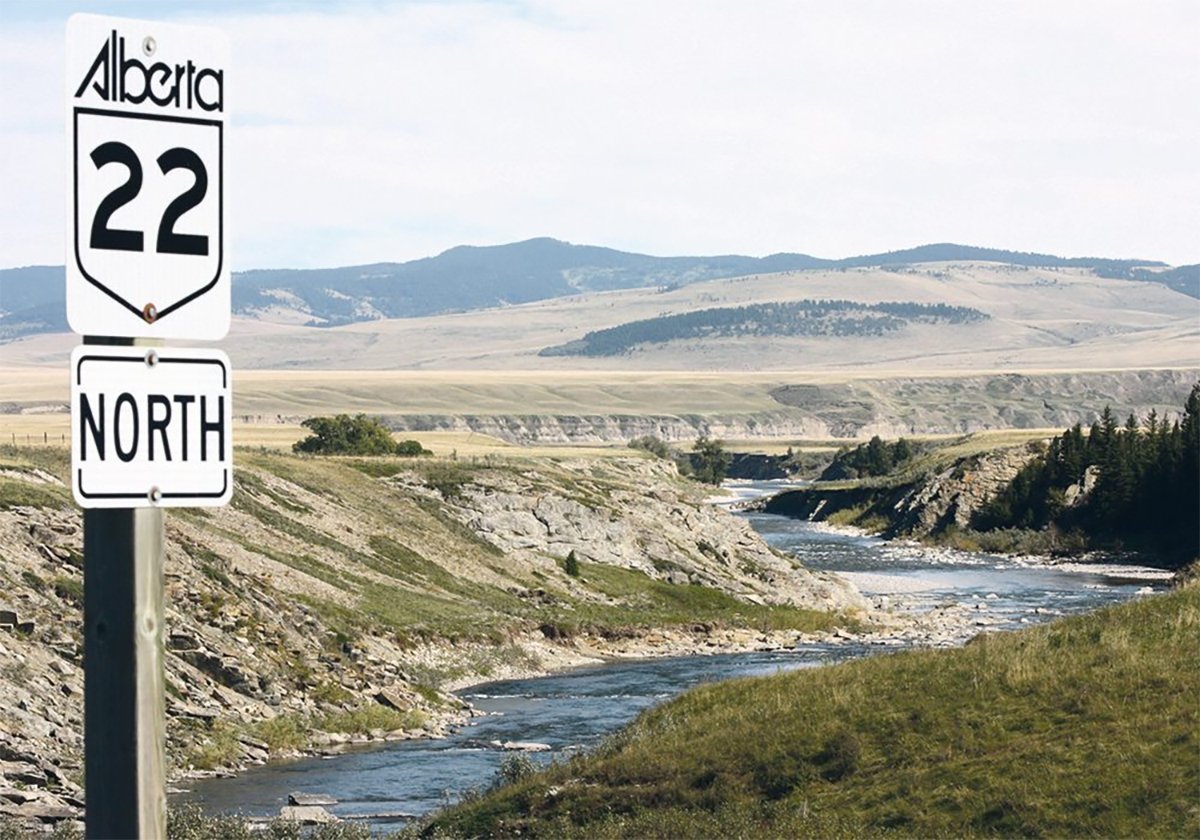Soil shouldn’t be treated like dirt, says noted soil health expert Jill Clapperton, but that’s exactly what happens when it is tilled.
“You have to remember that soil is a habitat,” she told the recent Organics Connection conference in Regina.
“We want those bugs. We have to decrease tillage to keep animals in the soil.”
Organic producers have traditionally relied on tillage for weed control, as did other farmers historically before turning to chemicals.
Clapperton noted an Agriculture Canada document from 1944 that said soil lost 33 percent of organic matter as soon as it’s tilled.
Read Also

New coal mine proposal met with old concerns
A smaller version of the previously rejected Grassy Mountain coal mine project in Crowsnest Pass is back on the table, and the Livingstone Landowners Group continues to voice concerns about the environmental risks.
The underground ecosystem is designed to move nutrients up and down. She said nematodes and protozoa don’t have burrowing capacity and rely on the soil structure created by other animals and plant root systems for transport.
“We sever those connections when we do tillage,” Clapperton said. “Everything is connected.”
However, she said that while many farmers recognize tillage isn’t good for the ecosystem underground, they don’t want to spray either.
Clapperton advises her clients to use a disc drill, seeder or planter to cut through the soil without major disturbance. She also recommends cover crops, underseeded crops and living mulches to help feed the soil and reduce tillage.
For example, a farmer in Ontario seeded lentils and then seeded corn into the growing lentil crop. The lentils formed a myccorhizal relationship with the corn, pulling phosphorus into the plants.
Clapperton said flax grows especially well in organic rotations and can be seeded with clover or lentils.
Another option is to underseed wheat to sweet clover. The sweet clover grows up after the wheat is harvested and displays “amazing herbicidal properties” as it lies flat, she said.
Clapperton is also working with desi chickpeas, in particular underseeding wheat to desis.
“Desis are a more wild type (of chickpea) that take up more phosphorus, are highly mycorrhizal and stay on the ground,” she said.
She used this system on her family’s Montana farm and achieved wheat yields of 40 bushels per acre in an area where the average is 34.
The wheat and chickpeas were offset on a 12-inch row spacing. At harvest, none of the chickpeas ended up in the wheat, and the chickpeas were harvested later.
“We got an excellent wheat yield and a really nice yield of chickpeas as well.”
Clapperton said these types of systems work well for “recovering conventional farmers” who want to do right by their soil but aren’t necessarily at the point of organic.
She is also working with subterranean clover, which grows only 2.5 centimetres high, forms a mat and outcompetes weeds, and flowers such as phacelia, cosmos and calendulas.
The flowers are particularly useful for potato growers because they attract pollinators such as bees. Planting a row of flowers between every 10 rows of potatoes can also control virus problems.
“We do this in corn in Kansas and Nebraska” to reduce insecticide use, Clapperton said at the Nov. 2-3 conference.
Farmers might not like the look of crop mixes, she added, but they will find that their water use is more efficient and yields will improve.
“What we can do with plants is outstanding.”

















